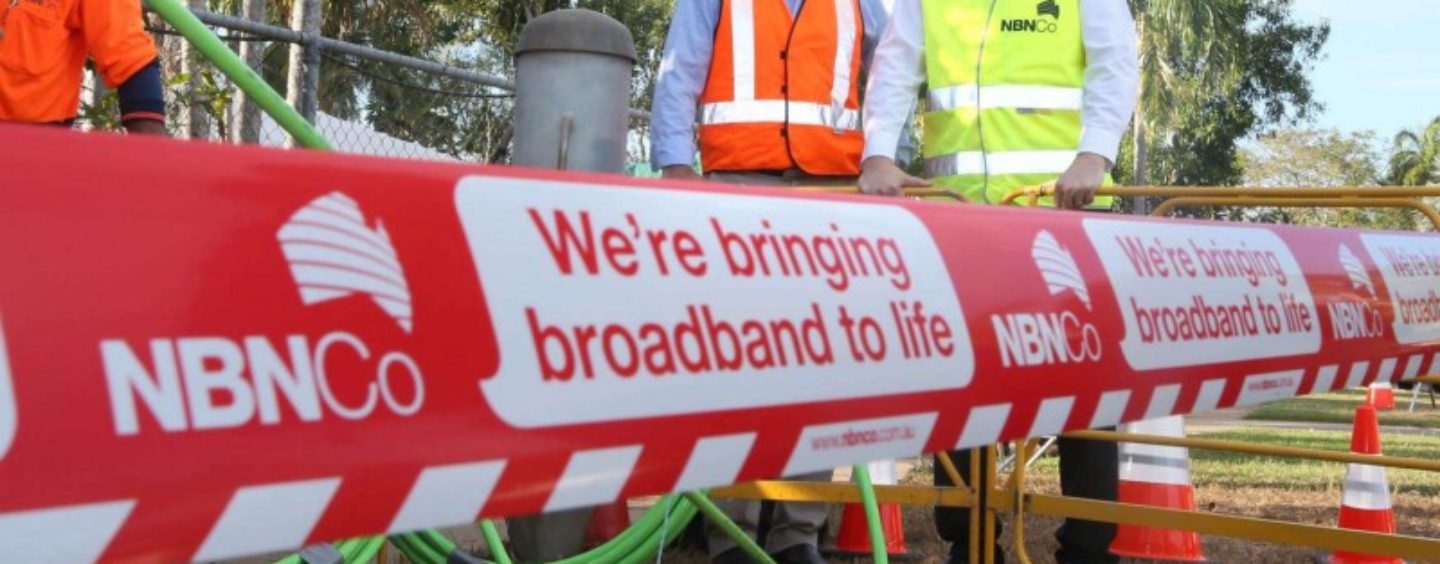NBN monopoly screws everyone equally and should be privatised
In the time before Kevin Rudd, what customers were willing to pay determined our internet speeds, the technologies employed and the companies that wanted our business.
Then we had Kevin 07. He promised fast, affordable internet speeds for everyone, delivered by a new wholesale internet company owned by the government, using fibre-to-the-premises technology in towns and cities. The total cost to the government was going to be $4.7 billion.
A trailblazing government monopoly to replace the chaos of the market — it was all so simple. It was amazing no one had thought of it earlier.
But there were early signs of trouble: Telstra was paid billions to never compete with the NBN. If the NBN was going to be so good and affordable, why did it need to eliminate potential competitors? Fairly obviously, the government wanted everyone to sign up to the NBN so that their financial projections looked more credible, like a despot eliminating other candidates and “encouraging” voters to vote before claiming a landslide election victory.
The mess Labor left
By the end of Labor’s six years, less than 7 per cent of the population could access the NBN, and it was estimated that its final cost would exceed $70 billion.
When the Coalition came to office in 2013, there were expectations the plan would be abandoned or at least hived off to the private sector. After all, the Coalition purports to be the party of business. But no, the new government (with Malcolm Turnbull as Communications Minister) decided writing it off was too difficult and in any case the NBN wasn’t such a bad idea. It said it would build it cheaper and faster.
So fibre to the premises and 1 gigabit per second speeds were replaced with everyone having at least 25 megabit per second no matter where they are located in Australia. In the cities the technology would be fibre to the node, greater use would be made of fixed wireless in towns, and satellites would be used for everywhere else. The fastest speed was dropped to 100Mb per second.
Things have not gone particularly well. According to the latest figures the cost is estimated at $49 billion, far in excess of what it will be worth either in value to customers or the price it could fetch when privatised. Accumulated losses are in excess of $8 billion, equal to more than $300 per Australian. This money will never be recovered.
Astonishingly, the government’s continued borrowing to make repeated injections into the loss-making NBN is classed by Treasurer Morrison as “good debt”. No sensible investor in the private sector would dare make such a claim.
Like the bad old Telecom days
Moreover, the NBN is nowhere near completed and some of those connected are complaining that the promised speeds are not being delivered. Unless mobile phone-based services are an option, those people have no way of moving to a different service.
Unless something changes the NBN will result in higher taxes, higher internet charges and poor service. Reminiscent of Telecom in the bad old days, it will display the typical characteristics of a government monopoly. Not being a private business, it lacks the imperative to pursue profit, offer good service at low prices, or limit borrowings by funding capital expenditure from cashflow. On the latter point, consider the fact that it gave top priority to rolling out its least profitable component, the satellite service. Only a government-owned business is that crazy.
There is no way of unscrambling the egg. However, a bad situation can be improved. Probably the best option is to restructure the NBN into three divisions, based on its technologies. This would result in three internet wholesalers — a fibre-to-the-node business, a hybrid fibre coax business, and a wireless/satellite business, competing with each other wherever their services are capable of overlapping. This would result in better service and lower prices, and give customers an option when one technology fails to deliver.
In due course, if not immediately, the divisions could be privatised so that taxpayers recovered some of their money.
If this left the bush at a disadvantage, it could be fixed through subsidies, which are at least transparent. The current approach amounts to seeking to achieve equity for the bush by screwing all Australians equally while keeping them blindfolded.
When Kevin Rudd offered us something for nothing, Australians believed him and jumped at the chance. Now we’re all paying the price. The quicker we return to the real world of customers paying for what they get, and businesses competing for their custom, the better.
David Leyonhjelm is a Senator for the Liberal Democrats
Originally published in The Australian Financial Review on 5 May 2017.









